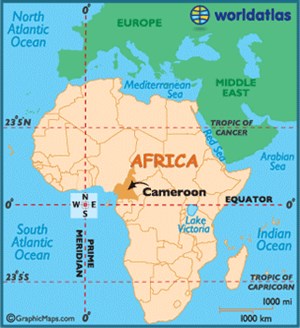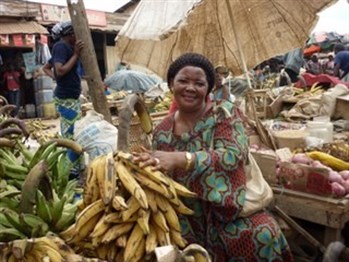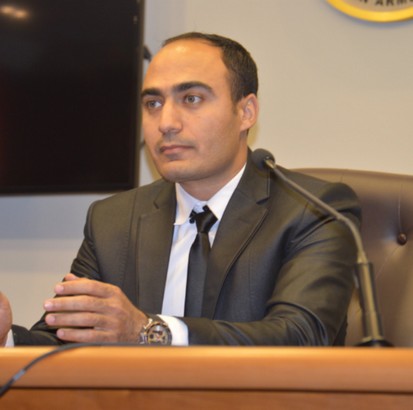Translation and Localization for Africa: The Republic of Cameroon
Cameroon is a country located in central Africa. It borders Nigeria, Chad, the Central African Republic, Equatorial Guinea, Gabon and the Republic of the Congo.
In this blog, I will cover some brief, but important facts about the Republic of Cameroon.
Cameroonian Demographics

The population is 24 million (2016).
- Yaoundé is Cameroon’s capital city.
- Male life expectancy at birth is 53.5 years.
- Female life expectancy at birth is 55.3 years.
- Cameroon is almost the same size as Spain and slightly larger than California.
- In 1984, it officially became known as the Republic of Cameroon.
Cameroonian Languages
- There are more than 1738 linguistic groups used in Cameroon and 230 different languages.
- The official languages are French and English.
- It is considered a bilingual country, but very few Cameroonians speak both French and English. About 80% of the population speak and understand French.
- Cameroonian Pidgin English is a creole language, based on English. It is also called Cameroonian Creole or Kamtok. Around 5% of the population are native speakers of Creole.
- In Spanish Cameroon is spelled Cameroes, in German it’s Kamerun, in English it’s Cameroon, and in French it’s Cameroun.

Cameroonian Culture
- In the ten provinces of Cameroon there are over 250 ethnic groups.
- Almost half of the population in the south are Christians. 25% of the population, which are located in the north of country are Muslims. The other 25% follow variations of animist beliefs.
- Cameroon is very often called “Africa in Miniature.”
- The name “Cameroon” comes from the Portuguese word “camaroes”, meaning shrimp. This came about when Portuguese sailor Fernando Po came to Cameroon in 1472 and saw so many shrimp in the Wouri River in Douala, he called it Rio Dos Camaroes (river of shrimp.)
- Education is mandatory until age of 12. Girls are less likely to enroll to school. Domestic workers usually are not allowed to attend schools by their employers.
- Douala and Yaounde are known for petty crime in the crowded areas and very dangerous driving.
Image Credit: Our Africa
Cameroonian Consumer
- The National Information and Communication Technology Agency (ANTIC) recently granted to the Cameroonian start-up, Unicom Network, the approval to register the national domain name “.cm”
- Only 17% of Cameroon’s population access the Internet (2015) and is increasing very slowly.
- The agricultural sector is one of the highest employers of the work force in Cameroon.
- With the additional of more mobile network providers into Cameroon, mobile use has quickly grown to 73% of the population (2015).
- According to Euromonitor International, despite many economic challenges, consumers in Cameroon have enjoyed increased annual disposable incomes in recent years, resulting in rising consumer expenditure.
Cameroon’s Future
- Tourism in Cameroon is starting to develop, but it is still very immature stage.
- The major contributors to the economic growth of Cameroon are the agricultural sector, the tourism sector, the services industry, and the manufacturing sector.
- Exports include: oil palms, cocoa, bananas, rubber, tea, sugar, coffee and tobacco plus fishing and livestock farming.
- While still plagued with poverty, especially in rural areas, the country has a growing urban middle class, boosted by an increased number of young professionals.
Summary
For many in Cameroon, the land is their livelihood, and the agriculture sector continues to be a major driver of economic growth. There are many barriers for an agriculture-dependent country, including the cost of seeds, transportation and equipment, but there are aid organizations and initiatives in place in Cameroon, including Feed the Future, to help combat these barriers.
The low internet penetration percentage keeps Cameroon behind in the global marketplace, but with the increase of mobile players in Cameroon, and the introduction of 3G and LTE, I think it’s only a matter of time before their internet usage lines up with their mobile use.
Sources:
